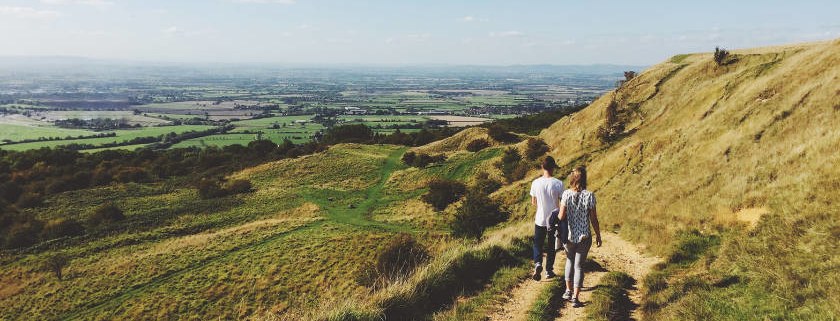Finding mindfulness one step at a time
Balancing school, work, friends and family can feel like a juggling act, and many students turn to alternative methods to cope with their mental health concerns. Finding mindfulness to help.
Balancing school, work, friends and family can feel like a juggling act, and many students turn to alternative methods to cope with their mental health concerns.
Sally Powis-Campbell, psychologist and founder of Wholistic Health YYC Psychology Services, said that practicing mindfulness helped her to manage her high anxiety and panic attacks while completing her undergraduate degree.
“I was attending the [University of Calgary] and SAIT at the same time, and I always felt like I was running between classes,” said Campbell, who, in addition to her other roles, is a yoga and mindful movement teacher at Wholistic Health YYC.
“I was anxious, and I was walking on auto-pilot.”
Campbell defines mindfulness as “having the mind full of what you are doing in the moment.”
Mindfulness is about understanding what’s going on within you and around you, between thought, body sensation and emotion, said Campbell.
“It’s really about bringing attention to action.”
Campbell suggests that students anchor mindfulness-based activities into activities they’re already doing, such as having a cup of coffee, eating or walking between classes.
“We’re going to be walking anyways, so we might as well use that as a chance to bring mindful awareness into our life,” said Campbell. She suggests students “go off auto-pilot” when walking to and from classes.
The key to the informal practice of mindful walking, according to Campbell, is to notice when your mind wanders and bring it back to the movement of your feet.
Students who incorporate mindful walking into their day can look forward to experiencing new sensations on their travels. Even if they’ve gone between classes fifty times, it may feel as though it were the first time, said Campbell.
Erin Hymas, an education student at Mount Royal University and soon-to-be elementary school teacher, said that by taking her students for mindful walks, she is able to get them to focus on the task at hand.
“After we go for a mindful walk, they will be more calm, focused and less distracted,” said Hymas.
“Especially if we take them on a day when the kids are feeling rambunctious.”
Hymas said that one of the benefits of mindful walking is that you are not limited by your workplace or environment. She regularly incorporates a mindful walk into her day.
“You need breaks in the day. You don’t realize you need a break until you take one.”
You can incorporate mindful walking as an informal practice, or you can treat it as a formative practice as you would with sitting meditation.
Simple Steps for Mindful Walking:
- Set your intention for your mindful walk. Make sure you are free from distraction.
- Pay attention to how your body feels while you walk, and make note of the different sights, sounds and smells as you go along. Try to anchor to just one of your senses.
- If your mind wanders, simply draw it back to the sensation of your foot touching down and lifting off the earth.
- Try syncing your breath with each step: inhale on your right foot, step down, and exhale on your left.
- Keep note of your pace. How fast are you walking? Why?
I found this a valuable read and originally found the post here.
Image from unspalsh by Rob Bye
I was fortunate enough to have started Tai Chi a moving meditation at a very early age. Practising Tai Chi for over 25 years has allowed me to build a solid foundation to support the most important aspect of EQ development, which is attention training.
If you are interested in supporting yourself or helping the teams you manage, the links below can help you learn more about EQ training.
- What is EQ?
- Emotional Intelligence Training Course
- Learn to meditate with the Just6 App
- Meditation and the Science
- 7 reasons that emotional intelligence is quickly becoming one of the top sought job skills
- The secret to a high salary Emotional intelligence
- How to bring mindfulness into your employee wellness program
- Google ’Search Inside Yourself’



